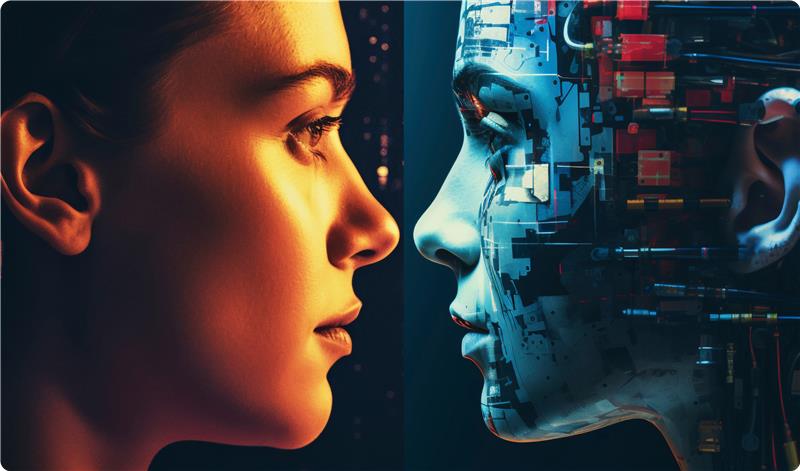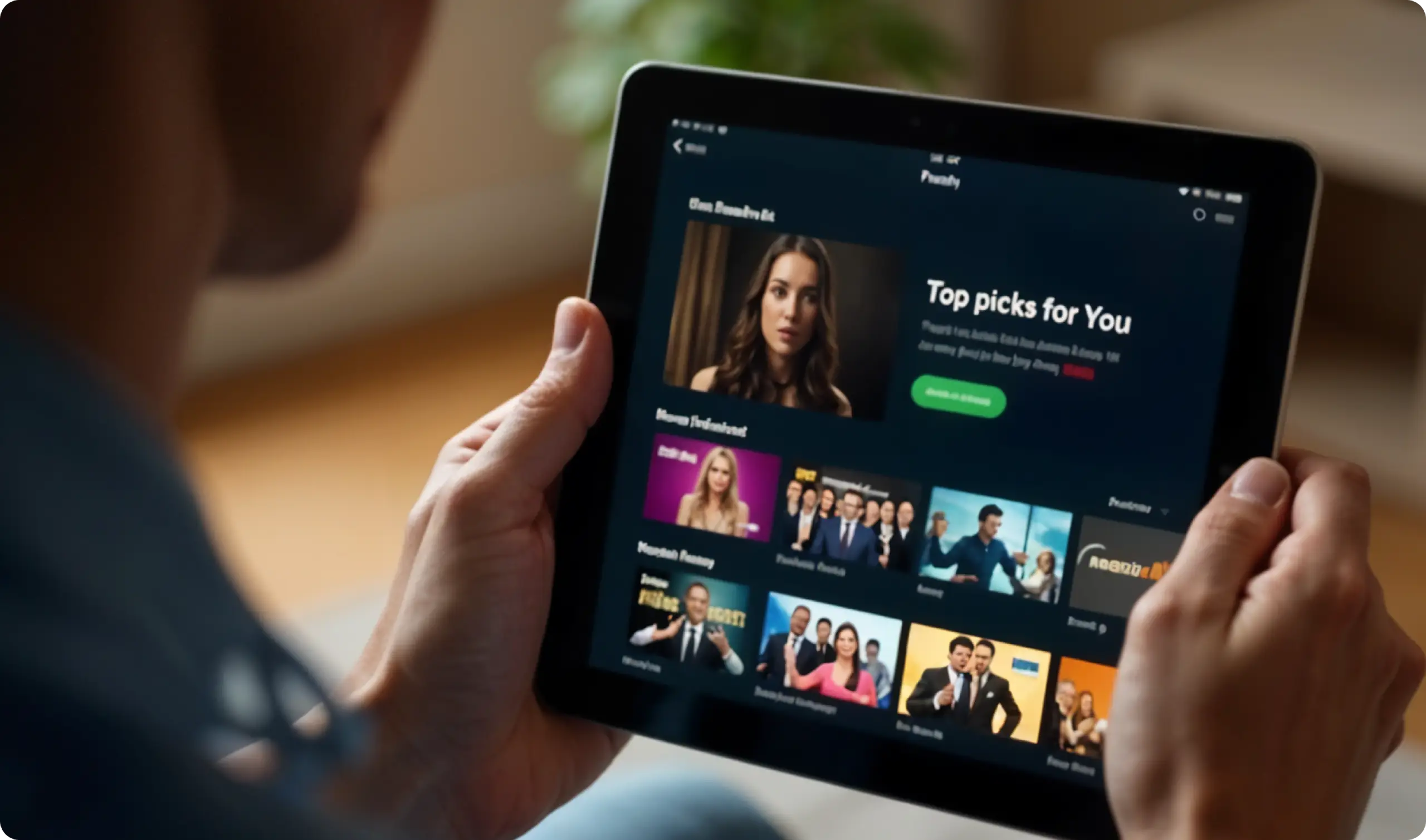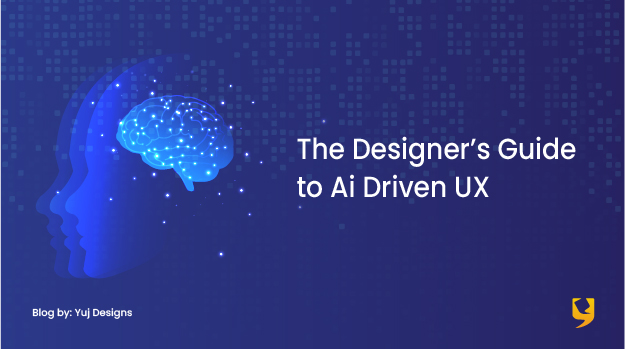
Artificial Intelligence (AI) In brief, is the development of computers capable of tasks that typically require human intelligence. For example, speech recognition, problem-solving, learning and planning.
The number of people who own voice technology nowadays is on the rise. There is a noticeable mind shift and an inclination towards having AI in UX. UX designers are now blending UX design and machine learning to improve the design process as well as the user experience.
About 41% of adults say voice technology has become a part of their daily routine
People add tasks to their to-do lists, use voice searches as those save them time and extra efforts. Voice technology is letting people perform multiple tasks. Due to the easy adoption of this new technology, AI is moving fast.
Let’s understand some of the objectives for adopting AI User Experience in today’s time and context:–
- Creation of new jobs
- Breaking down language barriers
- Delivering health care
Emerging Dominant Functions
Applications of AI
AI UX design moves around people and is here to make our lives easier. At the core of AI and UX lies the inherent need to create better experiences for users with the help of technology.
However, by using the right AI tools, we can enhance every aspect of the experience with an AI driven design.
- Machine learning: Using example data or experience to refine how computers make predictions or perform a task.
- Deep learning: A machine learning technique in which data is filtered through self-adjusting networks of math loosely inspired by neurons in the brain.
- Supervised learning: Showing software labeled example data, such as photographs, to teach a computer what to do.
- Unsupervised learning: Learning without annotated examples, just from experience of data or the world-trivial for humans but not generally practical for machines. Yet.
- Reinforcement learning: Software that experiments with different actions to figure out how to maximize a virtual reward, such as scoring points in a game.
- Artificial general intelligence: As yet nonexistent software that displays a humanlike ability to adapt to different environments and tasks, and transfer knowledge between them.
Evolution of Customer Experience
Contribution to the human experience in future
Customer experience has evolved through the years, it has gone beyond mere digital screens. The customers of today appreciate memorable experiences rather than additional features in their products. However, by using the right AI tools, one can gain more control over and enhance every aspect of the experience.
AI can assist designers in delivering a truly connected digital and physical experience. Implementing the right AI solution assists users to make faster and better decisions, eliminating most of the time-consuming tasks. And this, of course, enhances the all-important factor for the success of products or businesses: the customer experience.
The process of designing meaningful AI-driven products or services comes with many challenges. The technologies are evolving and continue to disrupt our lives in many ways. Making these technologies functional and desirable for the users is essential. AI UX design insights into how we can humanize certain experiences thus become increasingly important.
AI in UX with a customer-centric approach can provide better customer experiences in the future.
AI + UX
Future of Design
Advanced technology with customer-centric approach can provide – better customer experiences in future.
UX design studios should consider shifting their outlook towards the technology as a partner rather than a revolution and being swayed by it. UX designers need to develop an approach toward crafting a harmonious human-machine interaction for the successful implementation of AI for UX.
With inclusion of AI, businesses through their products and services will take up delivering personalized solutions to the customers. The personalization aspect will create impact that can differentiate the business giving it a competitive advantage.
Accomplishing this feat is a bit challenging though. For the strategy to work, the experience will need to be consistent and friction-less for the user. A cohesive user experience implementing AI-driven solutions in a seamless manner will truly benefit the customers.
AI-driven UX
Better possibilities for customers
Here’s a list of probable approaches that can be taken for a better AI-friendly future with UX design for AI:
- Humanizing experiences, should be the first and foremost goal of AI-driven UX.
- Artificial Intelligence should be an extension of human-capabilities and not made to replace tasks. Maintaining this equation between humans and machine, is the key to the adoption and acceptance of new AI-driven products. This approach will facilitate the role of UX.
- The AI-driven UX is reactive these days. Very soon, in future one can hope it will become proactive and offer us a customized, smart experience in industries that need it the most e.g.- Healthcare.
- While UX design will always be about solving problems for businesses and users, the context and touch points might change and be more focused on designing for time and context.
- A designer will most probably benefit from learning more about the engineering and technology aspects, during a project. Go beyond the existing and typical solutions.
Today, some of the initial technologies have already become a part of the products that cater to various customers.
Machine Learning Algorithms for Personalized Experiences
Some of the AI technologies such as machine learning algorithm have evolved into delivering personalized content and recommendations to the user. Popular video streaming service like Netflix, keeps its users happy by providing recommendations to movies and shows the user might like to watch.
These recommendations are based on factor such as – the user’s viewing history, gathering data from the titles and genres the user has watched, and by looking at data collected from user profiles that viewed the similar titles or genres.
These and many other data pieces help the algorithm to best personalise the recommendations for the user.
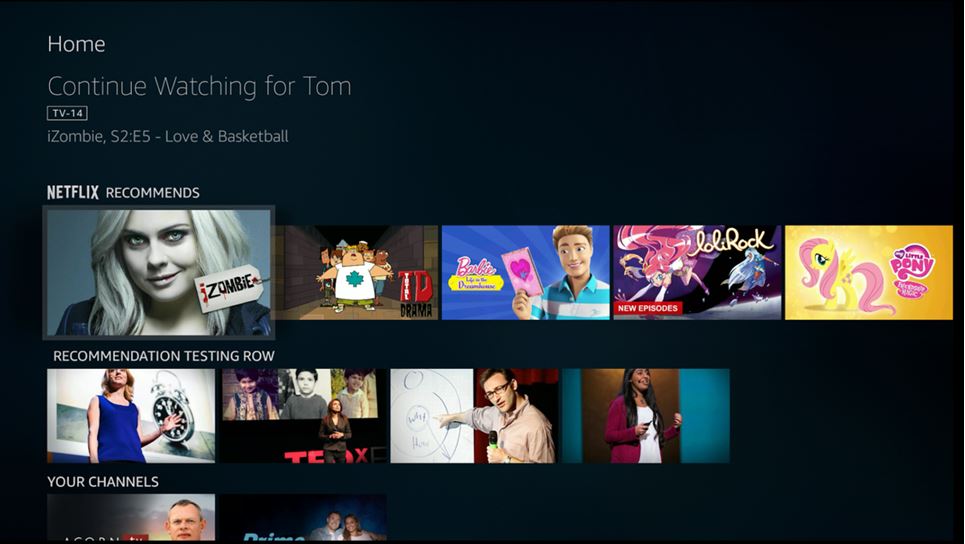
Source: https://developer.amazon.com/docs/fire-tv/recommendations-testing.html
The role of a UX designer in terms of AI, is to cater to the users better and help them make well-informed decisions. While the users are making up their minds about which movie to watch, the experience that is crafted for them should only compliment their actions. Netflix making use of the machine learning algorithm is good. But, supporting and enhancing it with the help of UX design is brilliant.
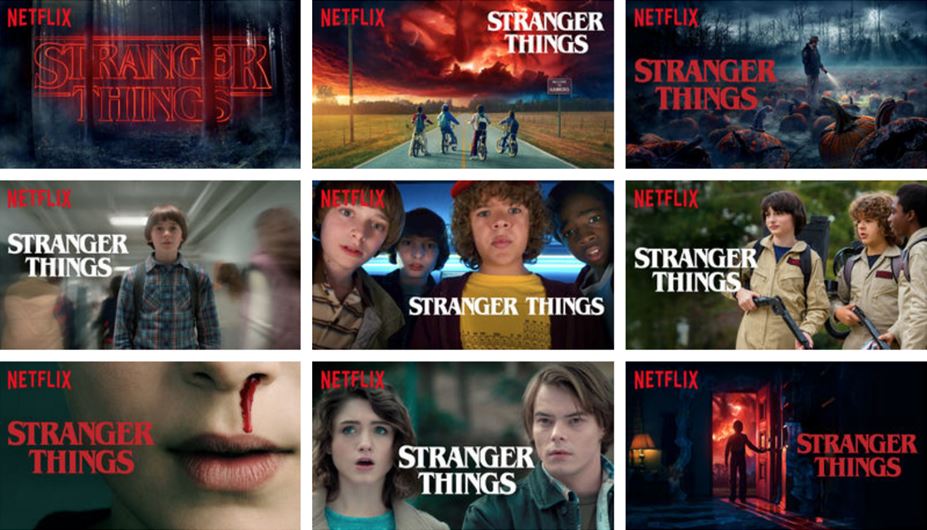
Source: https://netflixtechblog.com/artwork-personalization-c589f074ad76
Netflix creates different artworks for different users. They select an artwork for a user that suits their sensibilities and taste in movies the most. This decision sometimes can also be taken based on the choice of popular actors that the users choose to watch.
Conclusion
To make AI excel at what it does and make a difference in the users’ lives, the users need to find it trustworthy. UX design needs to create experiences that will allow the users to be able to gradually trust the technology and not fear it. If the users don’t trust the system enough to try it more, the AI will not collect enough data to progress. And if the AI doesn’t progress, it wouldn’t be of any help to the users. It is a continuous loop, where UX design plays a major role in assisting.
Amplify your brand presence with the best UX design studio that truly aligns your needs with those of your consumers! Get in touch with us at YUJ Designs, today!
